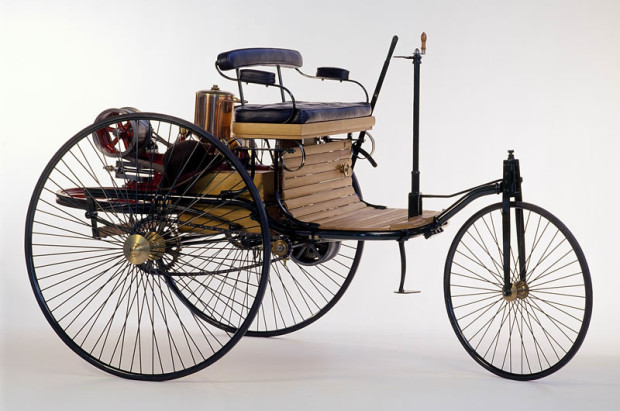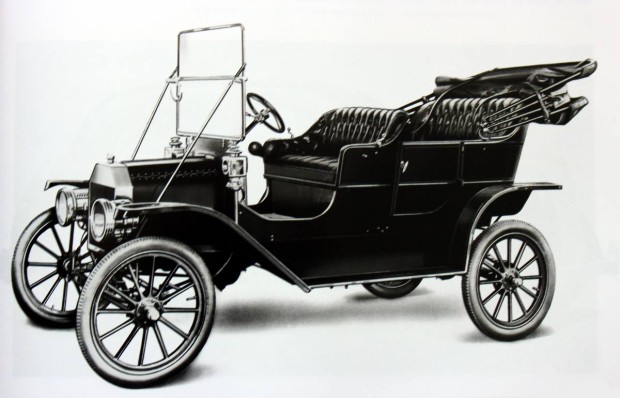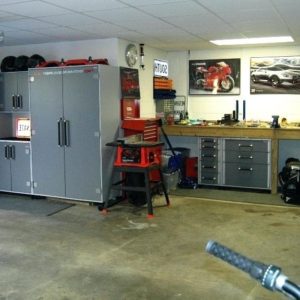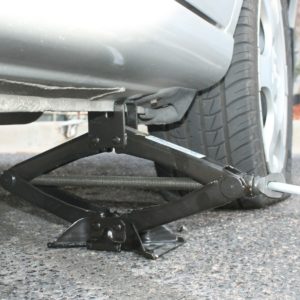Brief history of cars
Right now cars are probably the most convenient and the most comfortable way of transportation because it allows you to get to your destination quickly and you don’t need to be in the vehicle with tons of other people like it often is in the case of public transportation like buses, trams and trains. Although public transportation is cheaper, the costs of driving a car isn’t that big, especially if you are driving with your whole family and not by yourself. And no matter if you own a car or just dream of owning one, I think it would be interesting to look at a brief history of cars and how they came to be.
Cars can be seen on our roads for more than 3 centuries now, because the first vehicle with a steam engine that was able to transport people was invented in 1768 by French inventor called Nicolas Joseph Kuno. These steam engine cars nowadays are referred to as the early automobile era. Before then there were a couple of other car models, but unfortunately until 1768 none of them were able to transport people.
Almost 40 years later in 1807 another French inventor Isaac de Rivaz came up with the first automobile with a combustion engine that used hydrogen as fuel, so beginning the so called veteran era of cars. These cars were not only much smaller than those with steam engine but also could drive much faster. They are called veterans, because they are the first car models whose build resembles cars that we drive now. But it wasn’t until 1886, when Karl Benz invented a car that had combustion engine and that used kerosene or gasoline as fuel. This car series was called Benz Patent-Motorwagen and it is considered as the first car series, because these cars were the first ones to be reproduced in multiple exemplars.
The next era in car history is called the brass era and it lasted from 1905 to the beginning of the World War One in 1914. The name of it comes from the fact that at this time brass was discovered in the US and this new metal was so good that everyone stared to use it in manufacturing, including car manufacturing. And those who are fans of classical cars probably know that at this time came out one of the most popular classical car – the Ford Model T. In this time period also the first car speed record was set – Stanley Steamer car was used to drive at a speed of 205.5 kilometers per hour and many of the car systems for example the breaks or the transmission were made better and more efficient too, for people to be able to drive these cars more comfortably and in faster speeds.
And although the so to say insides of a car were constantly improved, the first huge design improvement to cars were made only after World War One ended. Cars were made rounder with round corners to look better, because up until this point most cars were very angular and unattractive. Post war was also the time when many of now well-known car manufacturers began to produce their own brand cars that enabled to make faster, better cars and to greatly improve their design as well as how they work, because there isn’t a better motivator than competition.
But cars that most of us drive now probably can be accounted to the modern era of cars that are all the cars that are produced in the last 25 years and that can be still seen on the roads. Modern cars have huge variety in design, build and manufacturers, which is something that is very common to our time, when consumerism is the main reason for producing any object. But because for the last couple of decades cars aren’t changed that much and their engines aren’t really changed, right now we can start to see the beginning of the completely new era of cars – the electric cars that not only use electricity instead of fuel to work therefore being much more eco-friendly and green, but that also will be equipped only with the newest technology that will allow to link the car to the internet, which will enable cars themselves to calculate the best route for you and with time to drive themselves banishing the need for drivers and our full attention on the road.
- Floor Jack Storage Ideas and Tips - November 19, 2019
- Tips for Using a Car Jack - November 12, 2019
- How Often Should You Wash Your Car in the Winter? - November 5, 2019





Leave a Reply